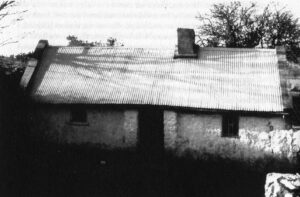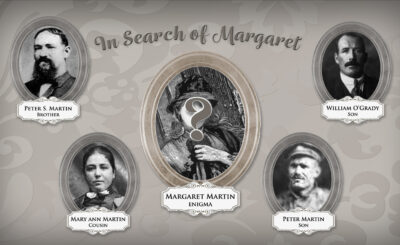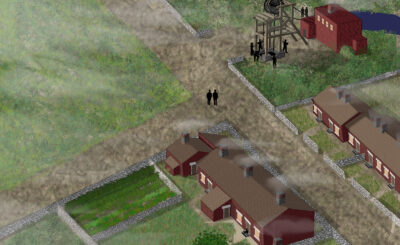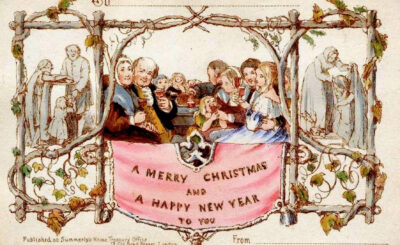Mr. John Brack,
He loved his land and his little stone shack.
When Lord Charles Domville tried to evict him,
Each time wily John managed to trick him.

That is a Clerihew, a four-line, whimsical biographical poem that’s fun to read and fun to write. It’s short and sassy and a way to tell a story that is easily accessible and memorable.
Who was John Brack? He was a poor tenant farmer in Dublin, Ireland, who had a few stony acres on a hill near Puck’s Castle. In the 1860s, Lord Charles Domville decided to combine tenant farms into larger parcels, to be able to increase rents and borrow against his land. He ordered all of his tenants off the land, but John Brack refused to vacate. Domville and Brack fought it out in court several times. Eventually Lord Domville went bankrupt, but the Brack family continued to hold the land until 2015.
The verse form was created by Edmund Clerihew Bentley, a friend of G. K. Chesterton who helped popularize the genre.
Here are the rules for writing a Clerihew:
- There are four lines of varying length and meter.
- The rhyme scheme is AA BB, which just means the first two lines rhyme with each other, and the third and fourth lines rhyme with each other, also.
- The first line contains the name of the person, and the poem should be in some way biographical about him or her.
Here is a famous Edmund Clerihew Bentley Clerihew:
John Stuart Mill,
By a mighty effort of will,
Overcame his natural bonhomie
And wrote Principles of Political Economy.
In family history usage, the Clerihew poem really serves as an hors d’oeuvre, a way to entice the pallet and whet the listener’s appetite for the meal that follows. It makes learning about ancestors fun!
Here’s another family history Clerihew:
Margaret Martin Grady
Was really quite a lady.
Though starting out a Workhouse girl,
She raised three hero sons who saw the world!
I’d love to hear your Clerihews! Please share below!







